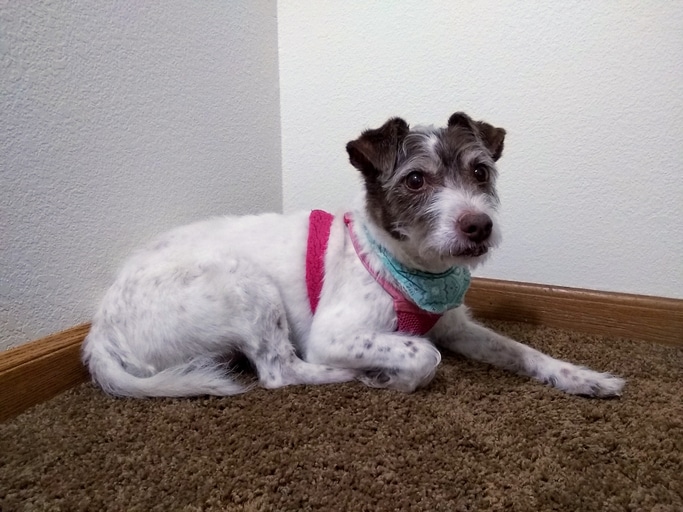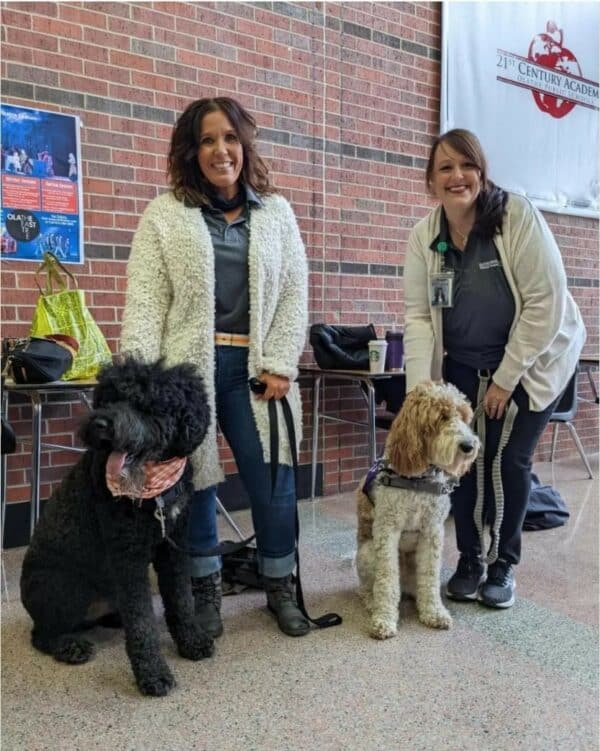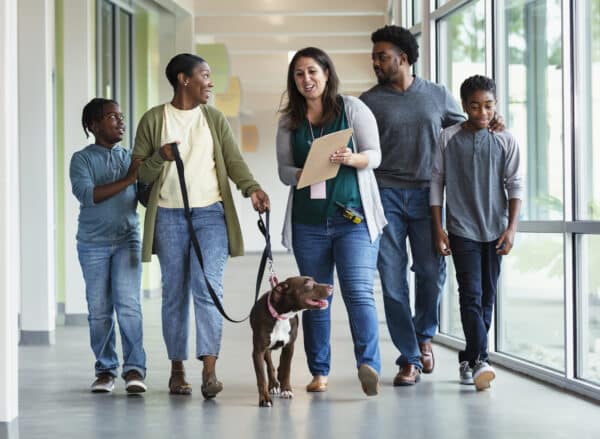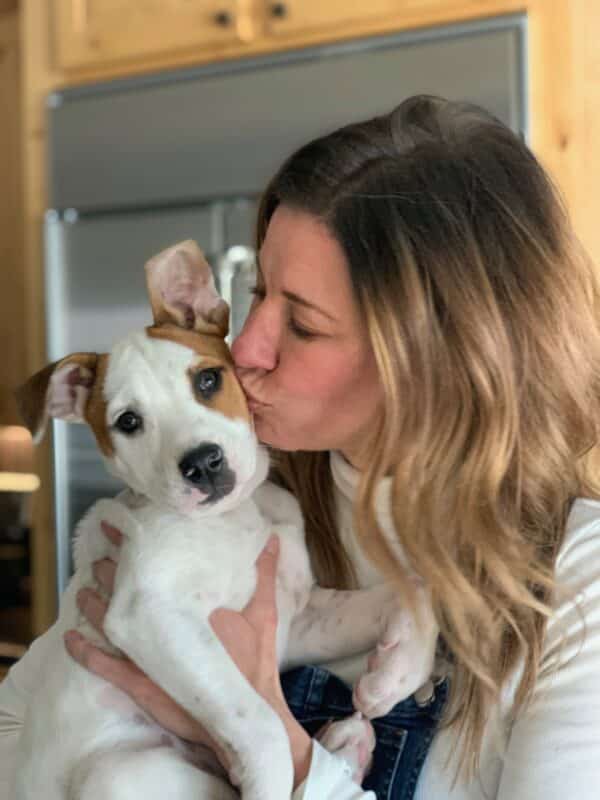The 3-3-3 rule explains what you need to know about the adjustment period in the first three days, three weeks and three months after adopting a rescue dog. Understanding what to expect and how to help your rescue dog adjust leads to a smoother transition and happier home.
Adopting a dog is a wonderful but challenging experience. When we change jobs or schools, new experiences can be exciting and intimidating at the same time. A rescue dog also needs time to adapt to and understand his new life.
You need to comprehend what he’s going through and try to help him adjust. Generally, puppies adapt more easily than adults do because they are almost blank slates learning new things and being exposed to new environments. Older and shyer dogs usually adjust more slowly. Each dog is an individual and, depending on his background, may take longer than expected to acclimate to a new life. Let him progress at his own pace. Let’s look at what you should know before adopting a rescue dog, what the adjustment issues will look like and what you should do to ease the transition.
Phase 1: The first three days
Your new canine companion needs some time to decompress. He probably feels unsure of what’s expected of him and is stressed. He may:
- Feel overwhelmed
- Be scared and unsure of what’s going on
- Not be comfortable enough to “be himself”
- Not want to eat and drink
- Be shut down and curl up in a safe area such as in a crate or under furniture and sleep a lot
- Have diarrhea from stress or dietary changes
- Test his boundaries
Phase 2: The first three weeks
During this time, your new addition starts to feel relaxed and his true personality emerges. He may:
- Start to settle in
- Feel more comfortable
- Realize that this could possibly be his forever home
- Figure out his environment
- Get into a routine
- Let his guard down and start to show his true personality
- Show any ingrained behavior problems
Phase 3: The first three months
This is the period when your adopted dog’s true personality and temperament are displayed. It’s a great time to bond with him. He may:
- Be completely comfortable in his new home
- Start to trust and build a bond with you
- Gain a complete sense of security with his new family
- Settle into and embrace his new routine
How to help your rescue dog settle in your home
Set up a safe space away from commotion, such as a spare bedroom or laundry room. It should be a welcoming area with a cozy bed and crate.
Establish a routine so that your new canine companion will know what to expect from and feel confident in his new world. He needs regular feedings, exercise, play and training. Use positive reinforcement and speak calmly when getting to know him. Have patience. Introduce him slowly over time to his new environment and family.
The 3-3-3 Rule establishes milestones that help predict what your new canine addition may be experiencing. By understanding what occurs during these three periods, you’ll be better able to help him adjust to his new world. With patience, planning and routines, the bond with your rescued pup will blossom and you’ll have great adventures to come and memories to make.






